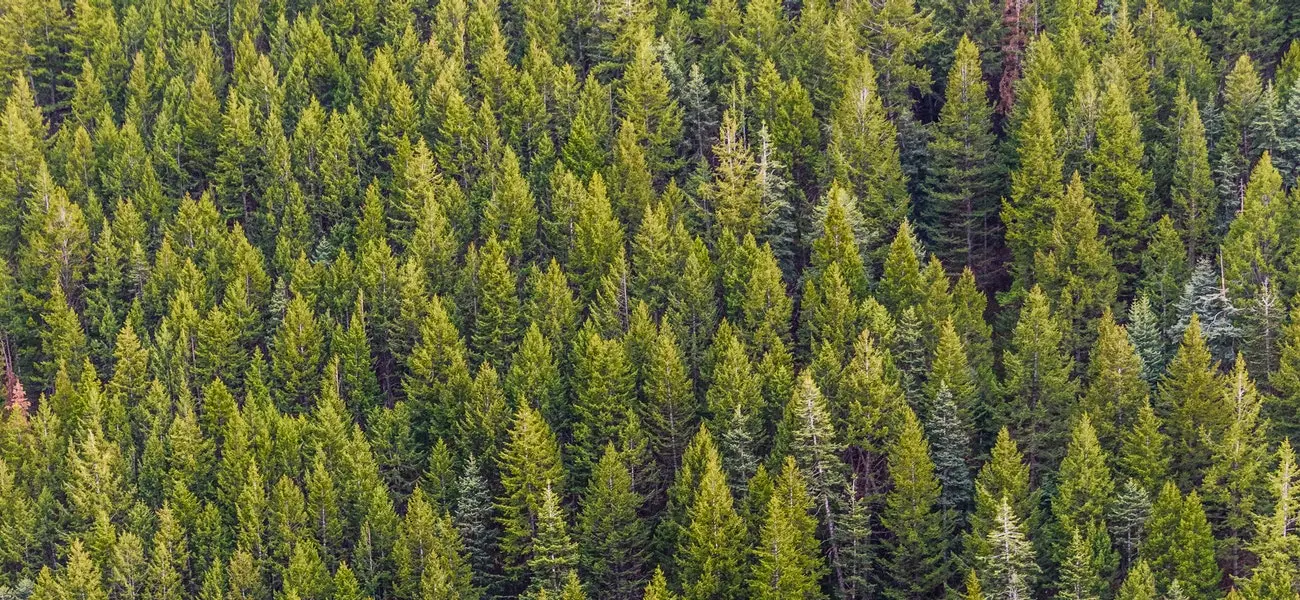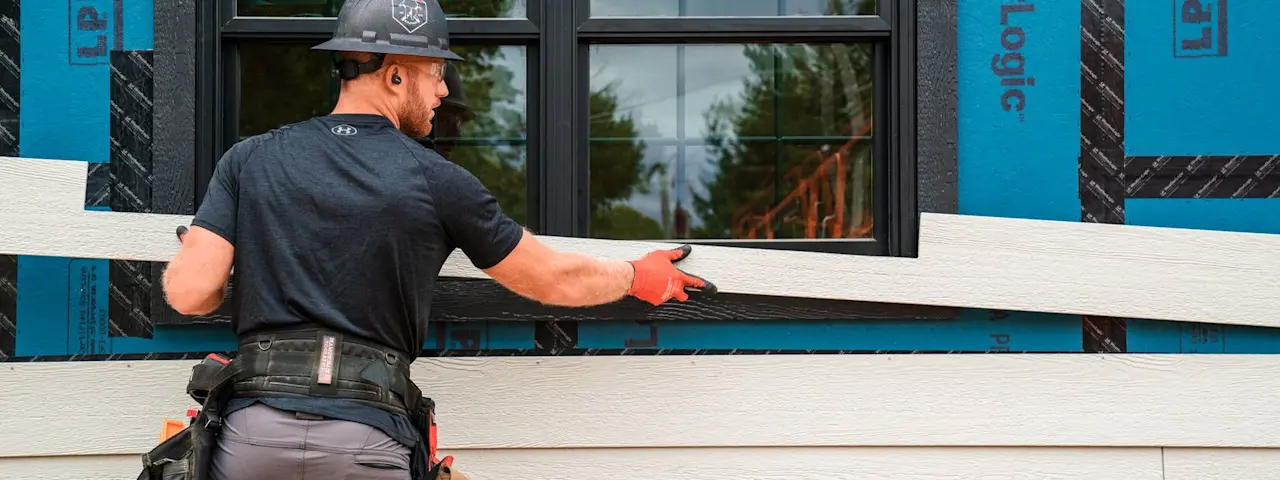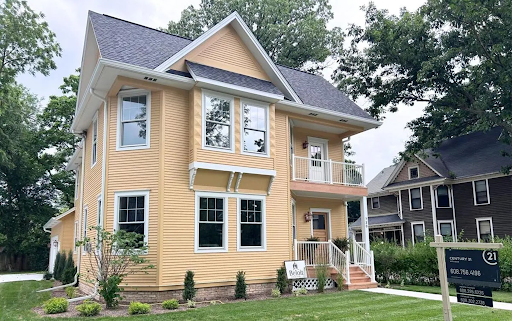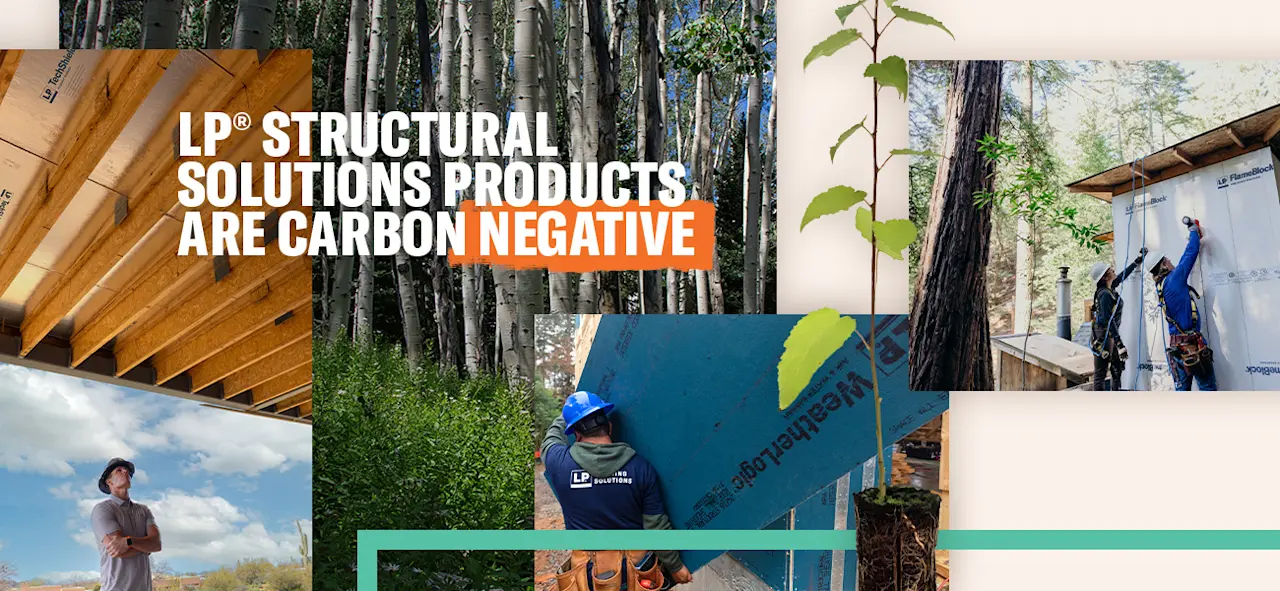Sustainable building has moved from a trending industry practice to an industry standard. With the growth in demand for sustainable practices, there are a host of initiatives surrounding green building codes and standards. Keeping track of these standards can be difficult. We’ve created a resource for building professionals to refer to as you navigate the world of sustainable building.
What are Green Building Codes?
Generally, green building codes are the standards implemented by a state or organization to ensure environmental practices in the building industry. According to the U.S. Green Building Council, these codes aim to address sustainable tactics such as water, energy and resource conservation. Implementing these standards helps ensure longevity in the building industry and contributes to a cleaner world by reducing toxins and harmful emissions.
The green building code glossary below breaks down the must-know terms for rating systems, initiatives and codes commonly implemented in sustainable building.
LEED – Leadership in Energy and Environmental Design
LEED, a program started by the USBGC, is the most widely used green building rating system. It operates through a four-level point-based certification that rewards projects for implementing sustainable building strategies:
Certified: 40-49 points
Silver: 50-59 points
Gold: 60-79 points
Platinum: 80+ points
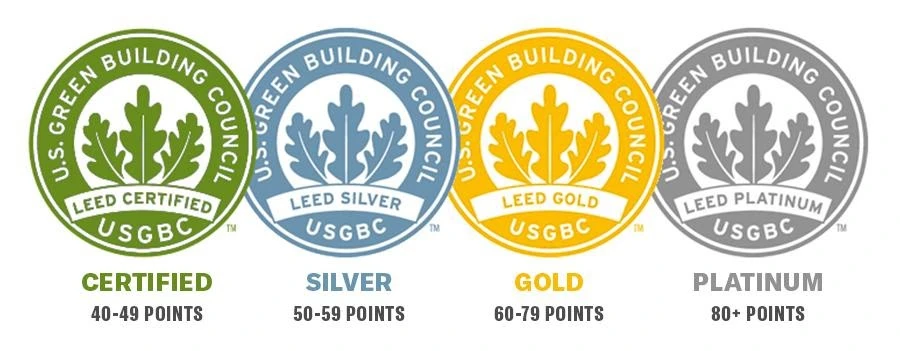
Green Building Credits
Depending on the attributes of your building, it may be eligible for LEED® credits that range in point value and category. For example, a building built to accommodate bikes would get a “Bicycle Facilities” credit, which is one point in the location and transportation category.
HERS® Index – Home Energy Rating System
The HERS® index is the industry standard to measure a home's energy efficiency. The lower the HERS score, the more energy-efficient a home operates. LP® TechShield® Radiant Barrier Sheathing can help builders meet various energy codes, including HERS, by blocking up to 97% of radiant heat transfer through roof sheathing.
Sustainable Forestry Initiative® (SFI®) Program
The SFI® Program is an independent, nonprofit organization that provides sustainable forestry options and voluntary certification opportunities. For all North American operations, LP is certified to the SFI Fiber Sourcing and Chain of Custody Standards. In Canada, all harvest operations from our public tenures are certified to the SFI Forest Management Standard.
ZNE – Zero Net Energy
According to the state of California, buildings that qualify as ZNE produce the same amount of clean renewable energy as they consume each year. As of 2020, the state required that all new residential construction was ZNE with commercial construction to follow by 2030. LP WeatherLogic® Air & Water Barrier contributes to ZNE goals by forming a continuous air barrier when the seams are properly taped. This helps seal the building envelope, reducing air leakage.
Understanding green building standards will equip you to meet codes and improve your builds. Visit this page for more information on LP’s commitment to environmental responsibility.
